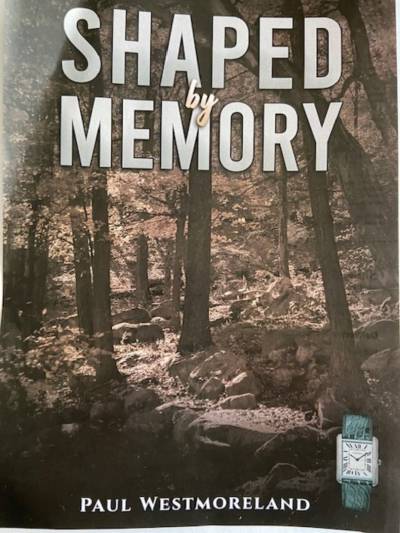
“Why do we remember what would be so much better forgotten?”
As I try to frame thoughts about my fourth novel, I know I am repeating ideas you will find in other website entries. When did the ideas for this tale first take shape? Where did they come from? And why has it taken so long for the narrative, never mind the shaping force of memory, to reach completion?
My father who. Like David Tynan, served in the Navy during World War II, was not one of those servicemen who never talked of his experiences, indeed my own children were intrigued to learn from him about the perils of the convoy system on the North Atlantic and the dangers of serving on a destroyer. It was my father, too, who had relatives who had gone to start a new life in Canada early in the twentieth century. I have only distant memories from my childhood of meeting some these who came back to visit and am imperfect in trying to identify faces on the few photographs left behind, for they did not come again. Even so, you can see how ideas can sometimes take shape.
I have always been interested with the notion that appearance can be misleading, prompted no doubt by so many of Shakespeare’s plays. One of my own characters, Susan Tynan, will tell us to “think of how not seeing the true picture has the potential for limitless damage” and another, Nicola Stainer who insists that “You might see something, but what you think you see might not be what you’re looking at.” Certainly I wanted thoughts such as these to have a central place in this novel. How can an eye-witness be mistaken? What has happened to leave us unable to believe the evidence of our own eyes?
Other thoughts that may remind you of my writing elsewhere place importance on the role of secrets, of buried treasure, of childhood and on the possibility for a second chance. This last notion certainly left me with a decision to make about the ending of this tale and whether its vision should be tragic or hopeful.
The first type-written script of ‘Shaped by Memory’ was begun in August 2013 and completed the following February. It is very easy to explain why I did not advance more quickly with it after that year; the reason is entirely to do with the time I spent completing ‘Raineland’, ‘Christmas Night’ and ‘The Hiding Place.’ I have enjoyed writing all of them, but ‘Shaped by Memory’ gave me the biggest challenge with its narrative pattern. Guy Tynan’s return to his Yorkshire home at the beginning is as momentous an event as any in his life, but there will be a great many other episodes requiring the reader’s time and attention, as we look at the people and events in his life, as we shift from then to now and back again before his final decisions become clear. I can only hope you will find the narrative to be rewarding and that the key, the watch, the diary and the wood will leave you wanting to know more.